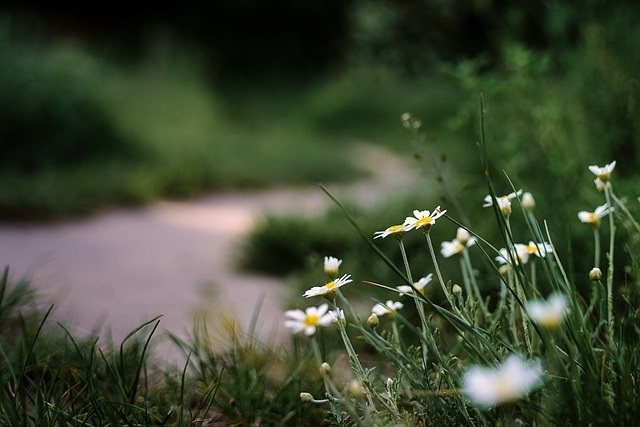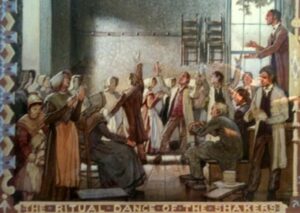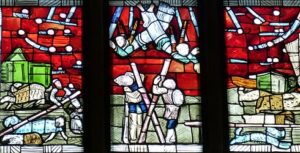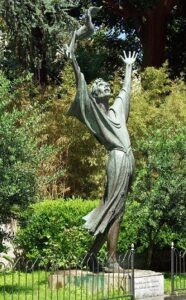
This latest piece (as of June 2024) from Elaine Hagenberg perfectly embodies her style: the use of an unfamiliar and enigmatic text and dramatic, sweeping musical lines: “Swifter than Flame,” for SATB chorus with the text from a poet by Carl John Bostelmann, who wrote primarily in the 1920’s and 30’s. I don’t do musical analysis in these posts and so will simply say that she manages harmonic sweetness that never topples over into syrupiness. There’s an edge there, a drive. My own choir, the Cherry Creek Chorale, has sung a number of her pieces and also participated in the commissioning consortium for her first major-length work, Illuminare, with Hagenberg herself participating in one of our rehearsals during concert week. Those of us who were privileged to be present that evening will never forget it.
I was very intrigued by the lyrics and wanted first of all to know more about the author, Carl John Bostelmann. He is perhaps best known as having written a behind-the-scenes look at John D. Rockefeller, Neighbor John, in cooperation with the photographer Curt E. Engelbrecht, who was allowed unusual access to the usually camera-shy Rockefeller. Bostelmann was also involved with various historical survey projects. For my purposes here, though, I’ve found that he published at least four volumes of poetry, a couple of which are available on Google Books, and that his work appeared during his lifetime in a number of poetry magazines. “Swifter than Flame,” however, doesn’t show up in any of these available sources.







